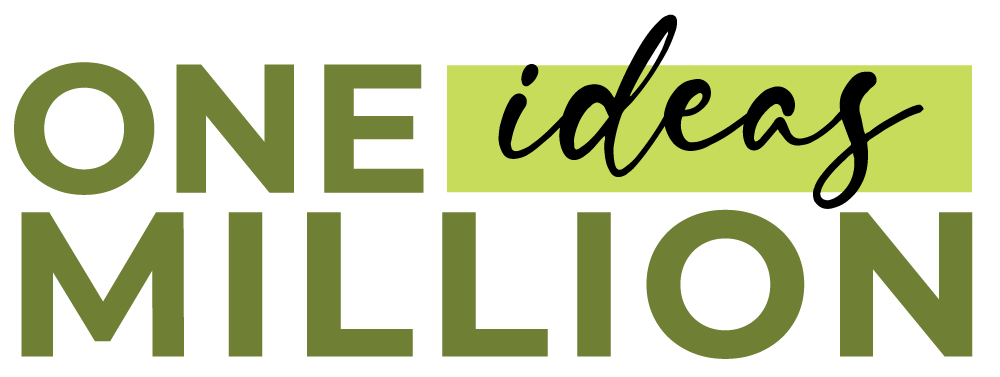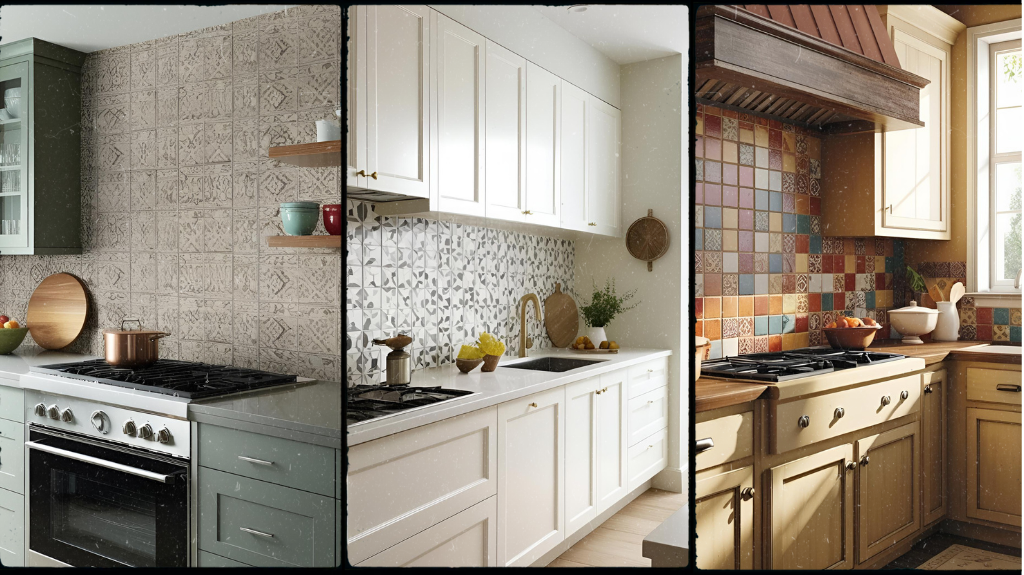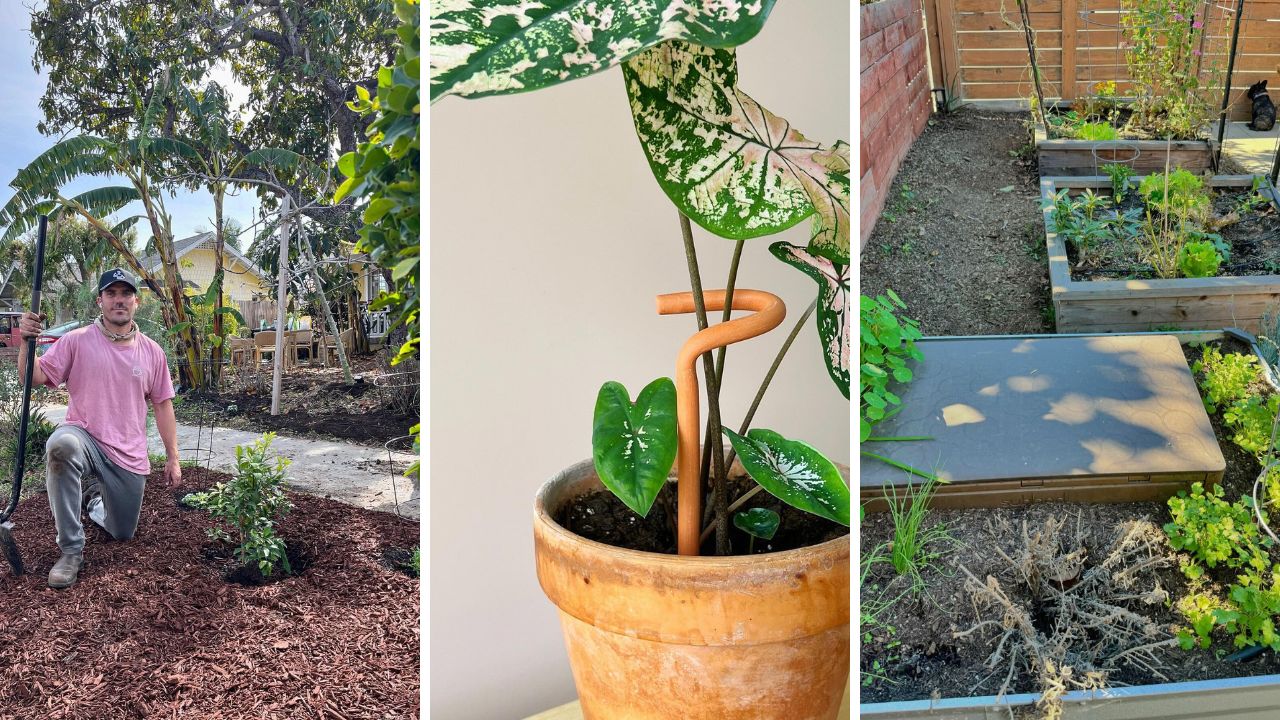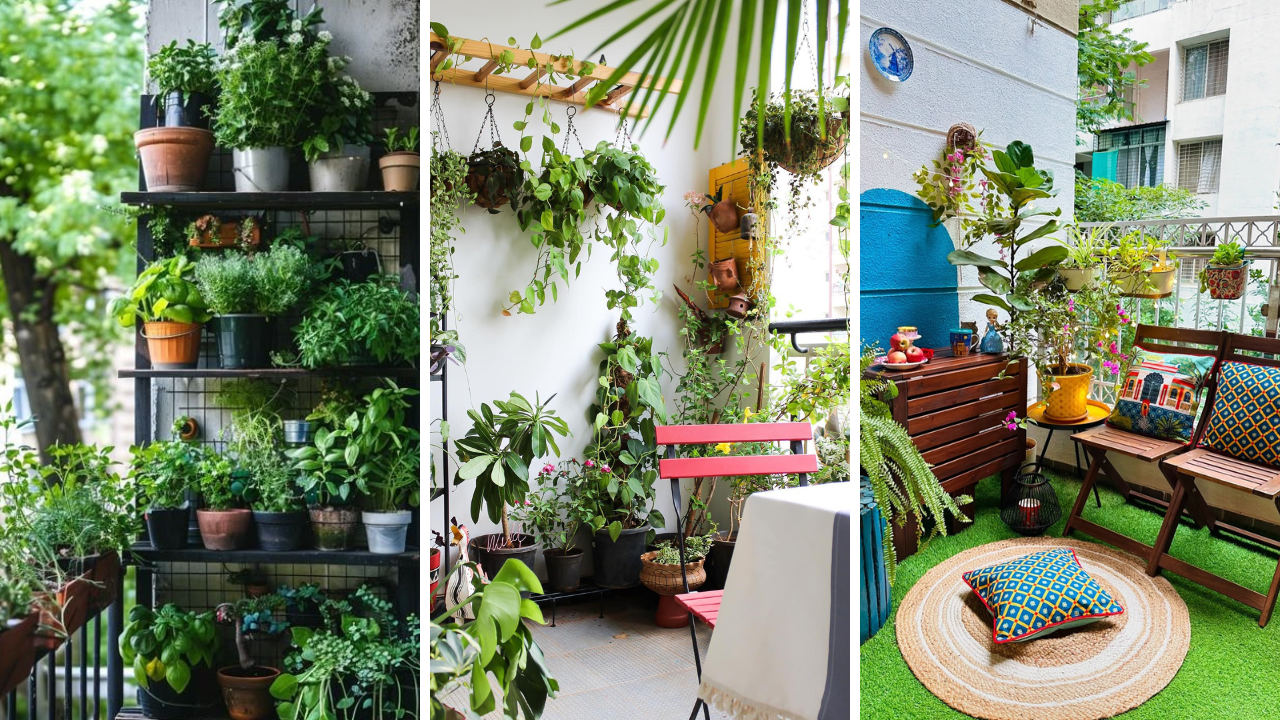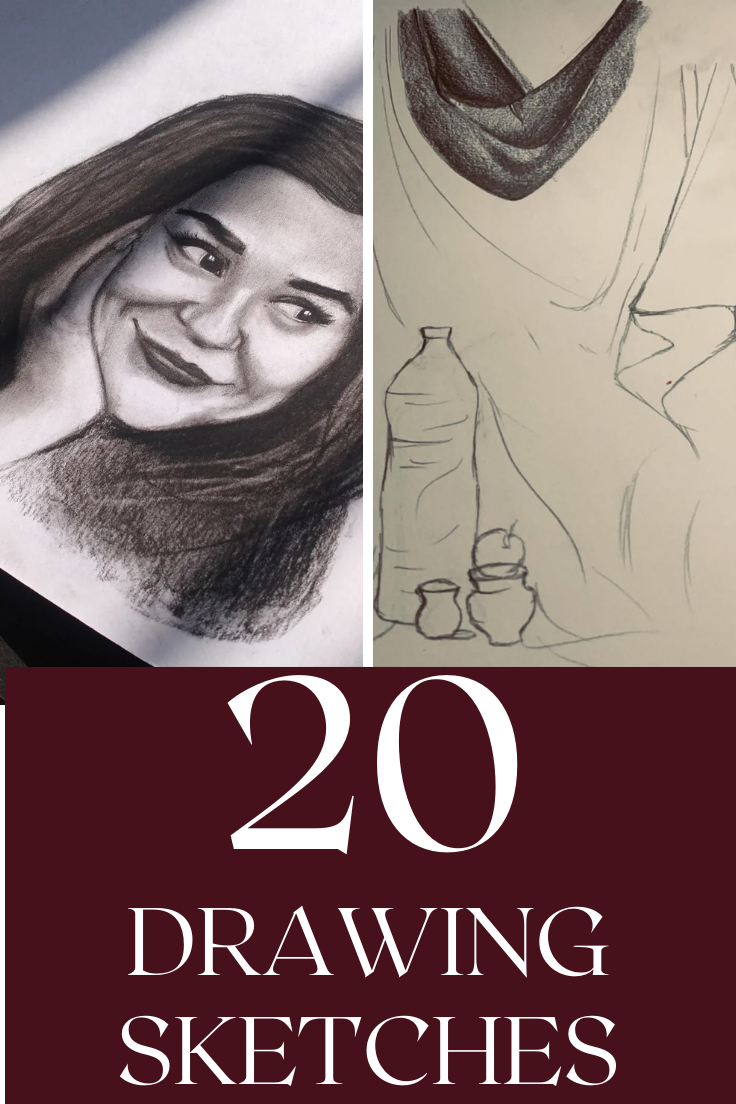
Sketching is one of the most fundamental yet rewarding skills an artist can develop. Whether you’re just starting or looking to refine your craft, sketching enhances creativity, improves hand-eye coordination, and teaches the foundations of art. From simple pencil sketches to intricate, detailed drawings, mastering different types of sketches can significantly elevate your artistry. The key to becoming a great artist isn’t just about talent—it’s about practice, experimentation, and having the right tools at your disposal. In this blog post, we’ll explore 23 different drawing sketches that will challenge, inspire, and refine your technique. Whether you want to capture the beauty of nature, illustrate expressive portraits, or design fantastical worlds, these sketching ideas will help you sharpen your artistic skills and expand your creative horizons. And if you’re looking for the best art supplies to bring your ideas to life, we’ll recommend some top-rated Amazon products along the way.
1. Still Life Sketches: Capturing Everyday Objects
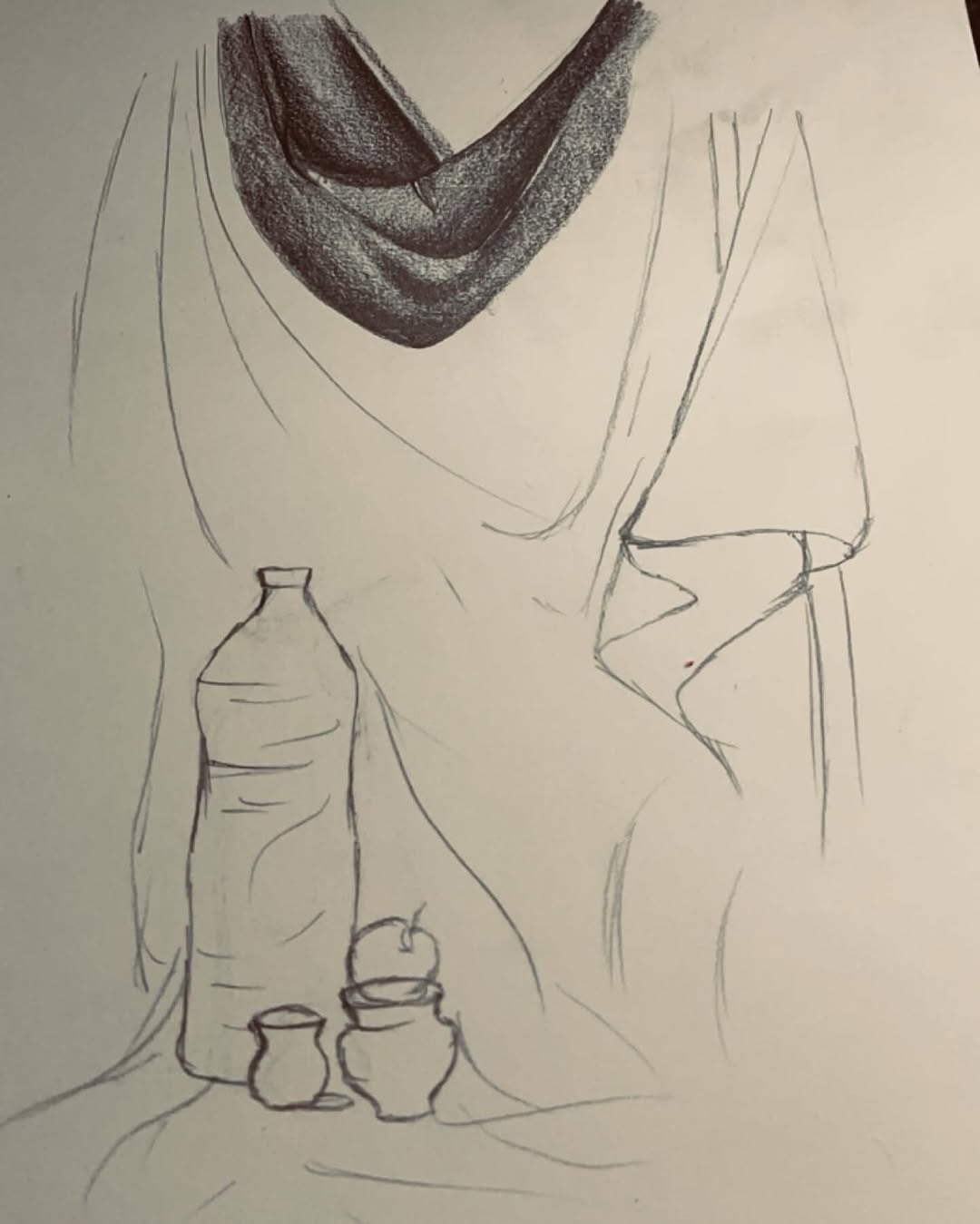
source @art_in_motion57
Still life sketches are an excellent starting point for any artist. They allow you to practice shading, proportions, and composition using everyday objects like fruits, vases, and books. The key to a successful still life sketch is observation—pay attention to how light falls on objects, creating highlights and shadows. Experiment with different pencil grades to achieve depth and contrast. A high-quality sketching set with a variety of pencils, blending stumps, and erasers can make all the difference in perfecting your still life art.
2. Portrait Sketches: Bringing Faces to Life
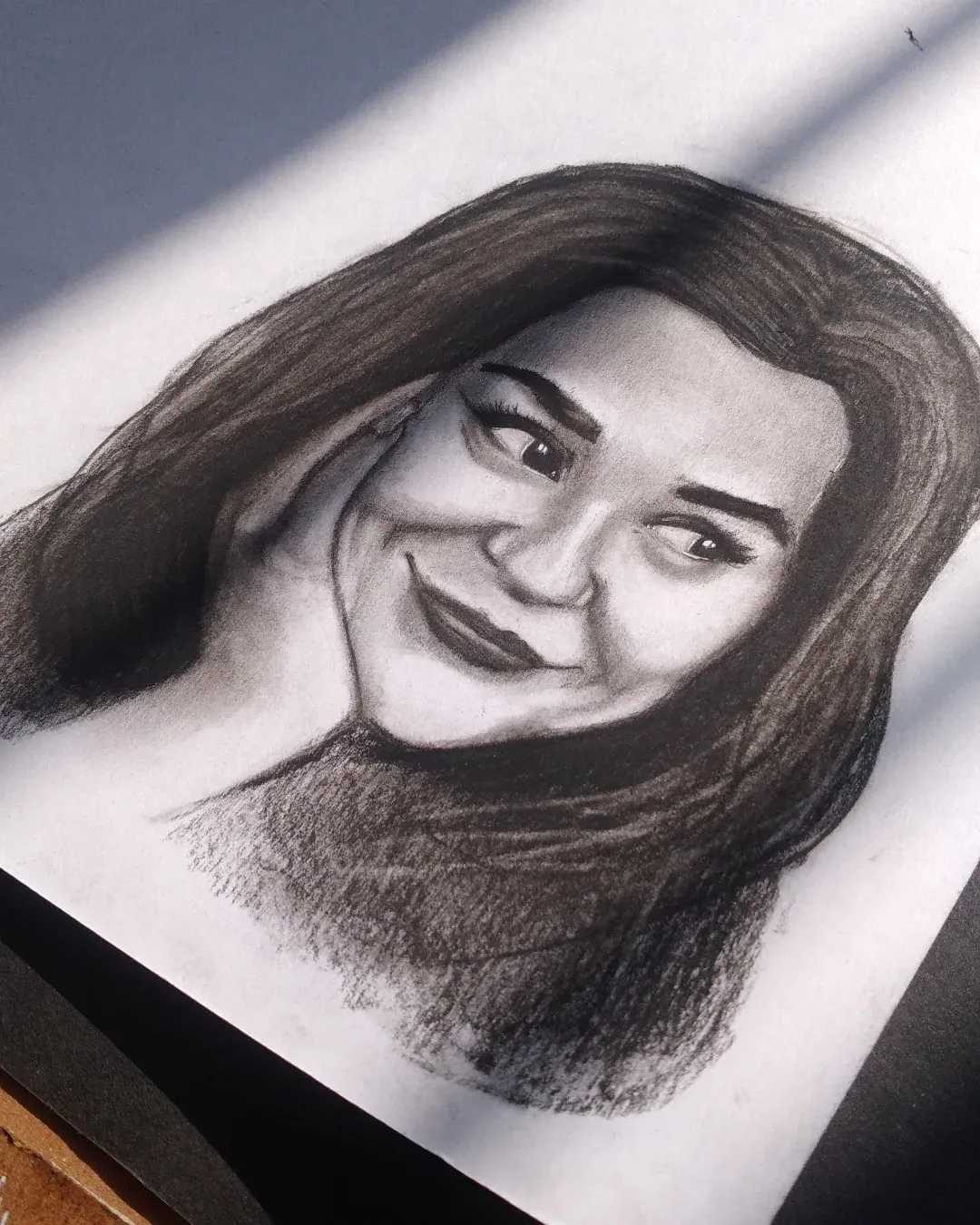
source @ritesh._arts06
Drawing portraits is a true test of an artist’s skill. Capturing the intricate details of facial features, expressions, and emotions requires patience and practice. Start with basic guidelines to map out facial proportions, then refine details like eyes, nose, and lips. Shading is crucial in portrait sketches to bring a sense of realism and depth. Using fine-tipped mechanical pencils and kneaded erasers can help you achieve smooth, lifelike shading.
3. Gesture Drawing: The Key to Dynamic Poses
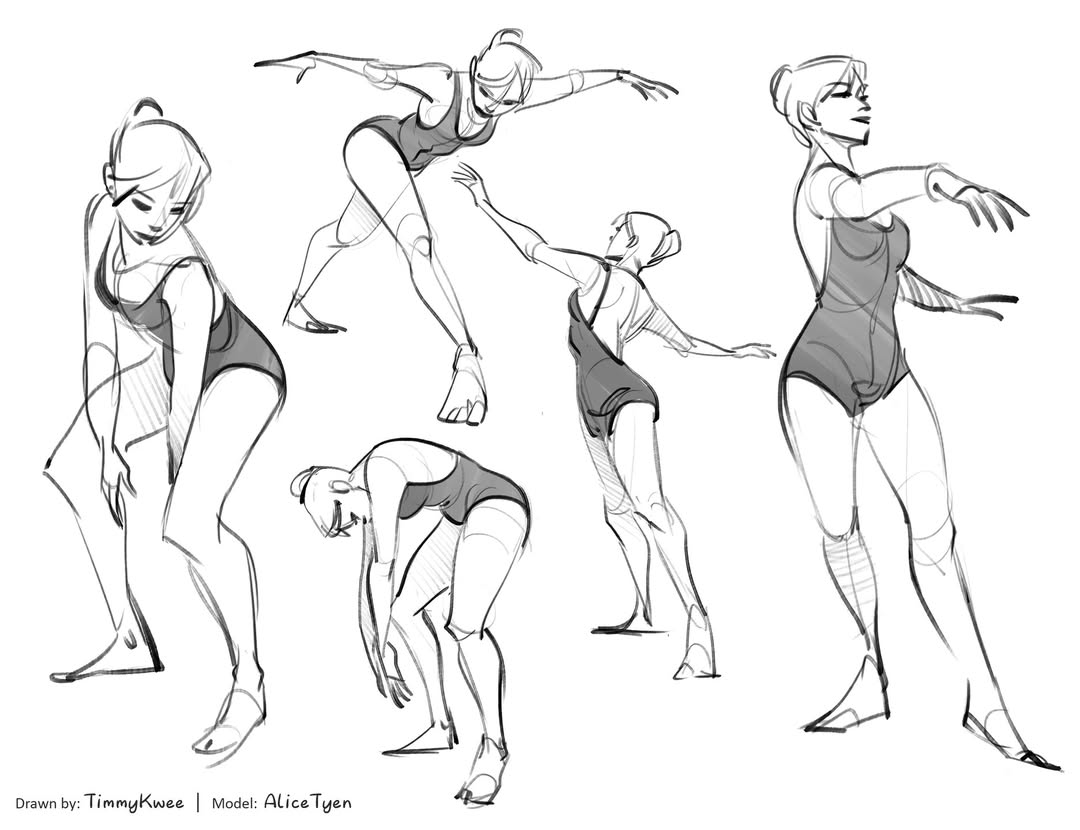
source @timmykwee
Gesture drawing focuses on capturing movement and energy in a subject. These quick sketches, often completed in under two minutes, are great for studying human anatomy and action poses. The goal isn’t precision but fluidity—learning how to create expressive lines that suggest motion. This technique is especially beneficial for illustrators and animators looking to improve their character designs. Use soft graphite pencils or charcoal for a more dynamic look.
4. Animal Sketches: Perfecting Fur and Anatomy
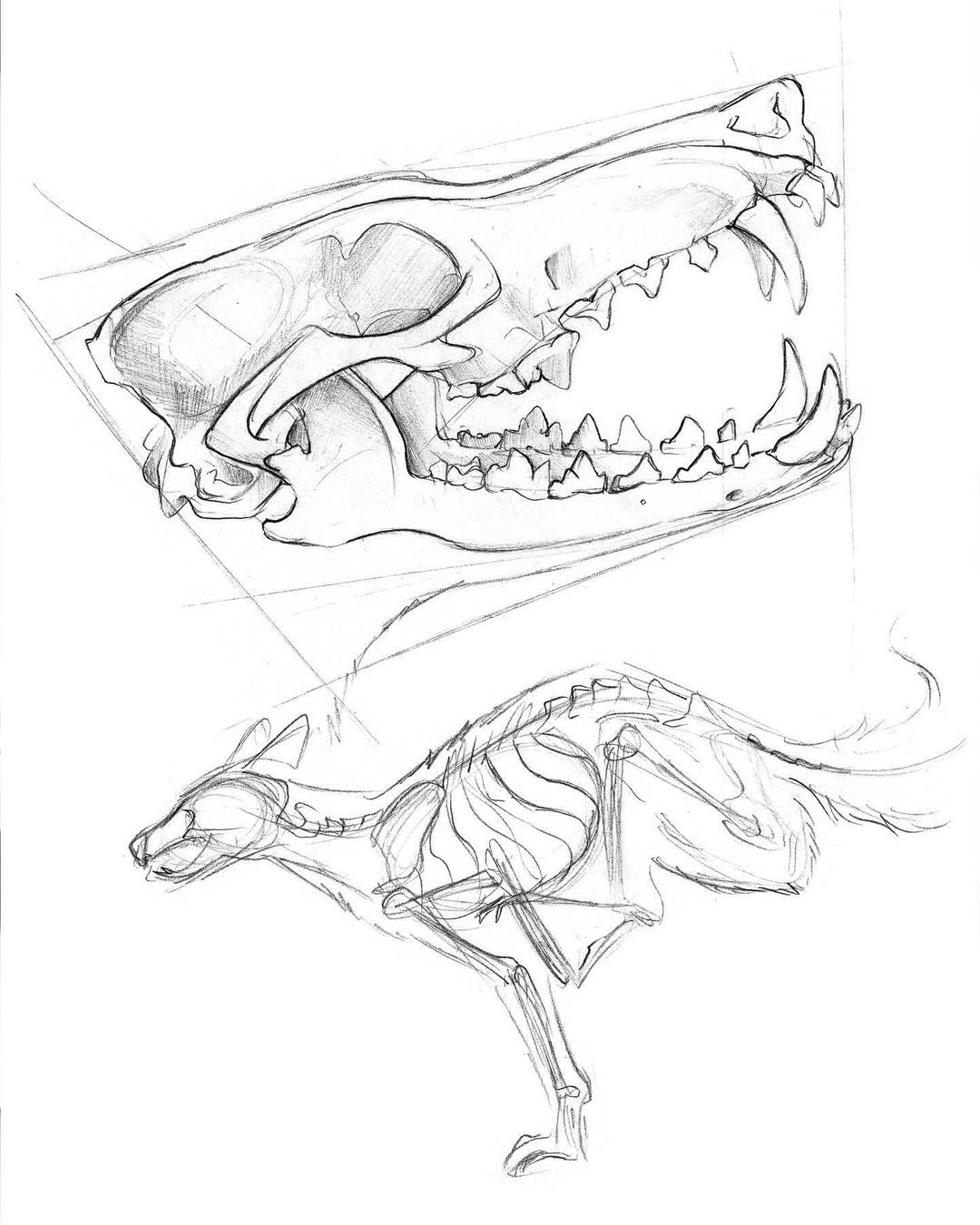
source @katy_lipscomb
Drawing animals requires an understanding of their skeletal structure and movement. Start by sketching basic shapes to outline their body, then gradually refine the details. Pay close attention to fur texture, feather patterns, or scales to make your sketches more realistic. Soft graphite pencils and blending stumps are ideal for achieving lifelike textures. Reference images can also be helpful for studying anatomy and proportions.
5. Architectural Sketching: Buildings and Perspective
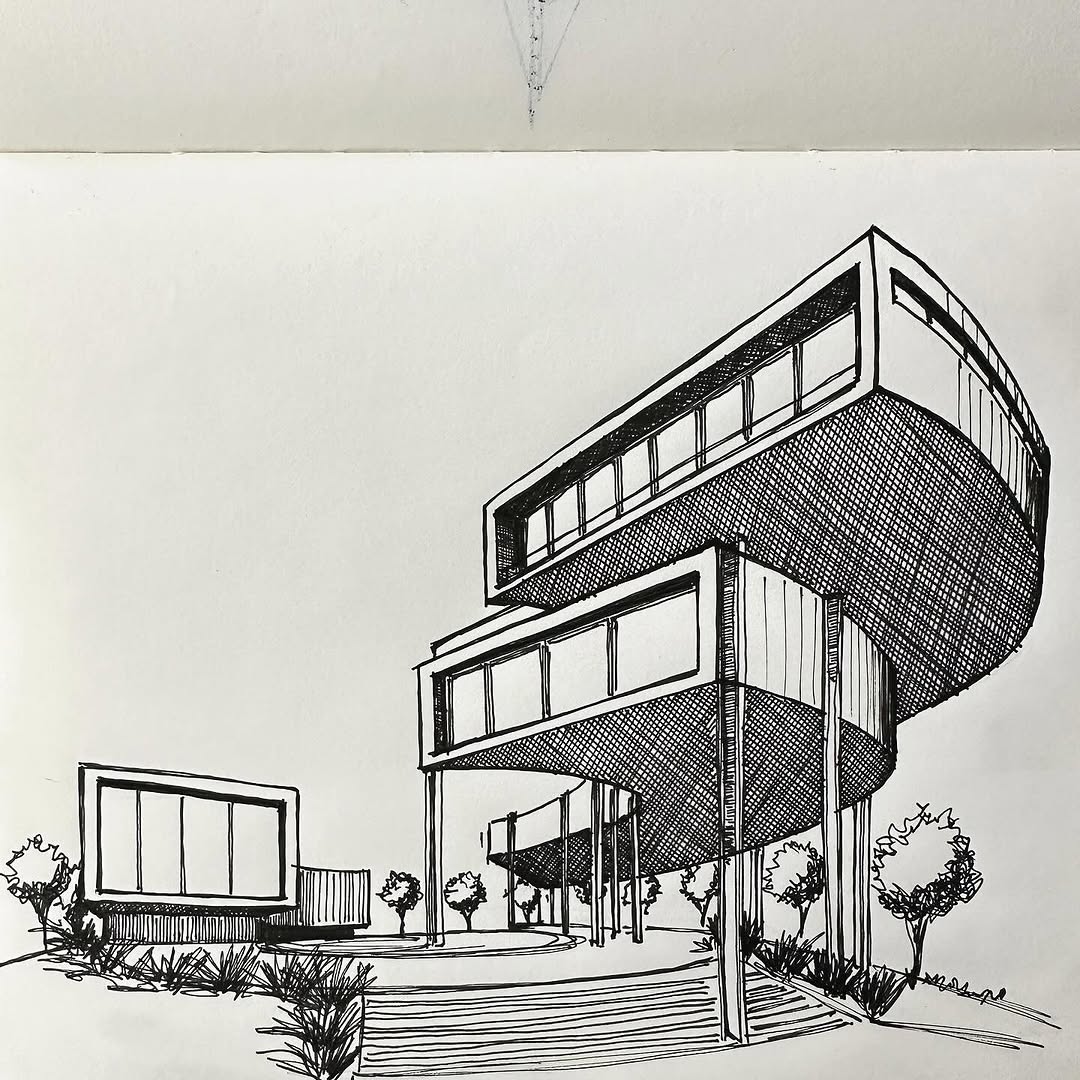
source @sketching_architect
Architectural sketches challenge artists to understand perspective and structure. Drawing buildings, bridges, or cityscapes requires straight lines, symmetry, and depth. One-point and two-point perspective techniques are crucial for achieving accurate proportions. A fine-liner pen set and a ruler are essential tools for sketching sharp, clean lines in architectural drawings.
6. Landscape Sketches: Nature on Paper
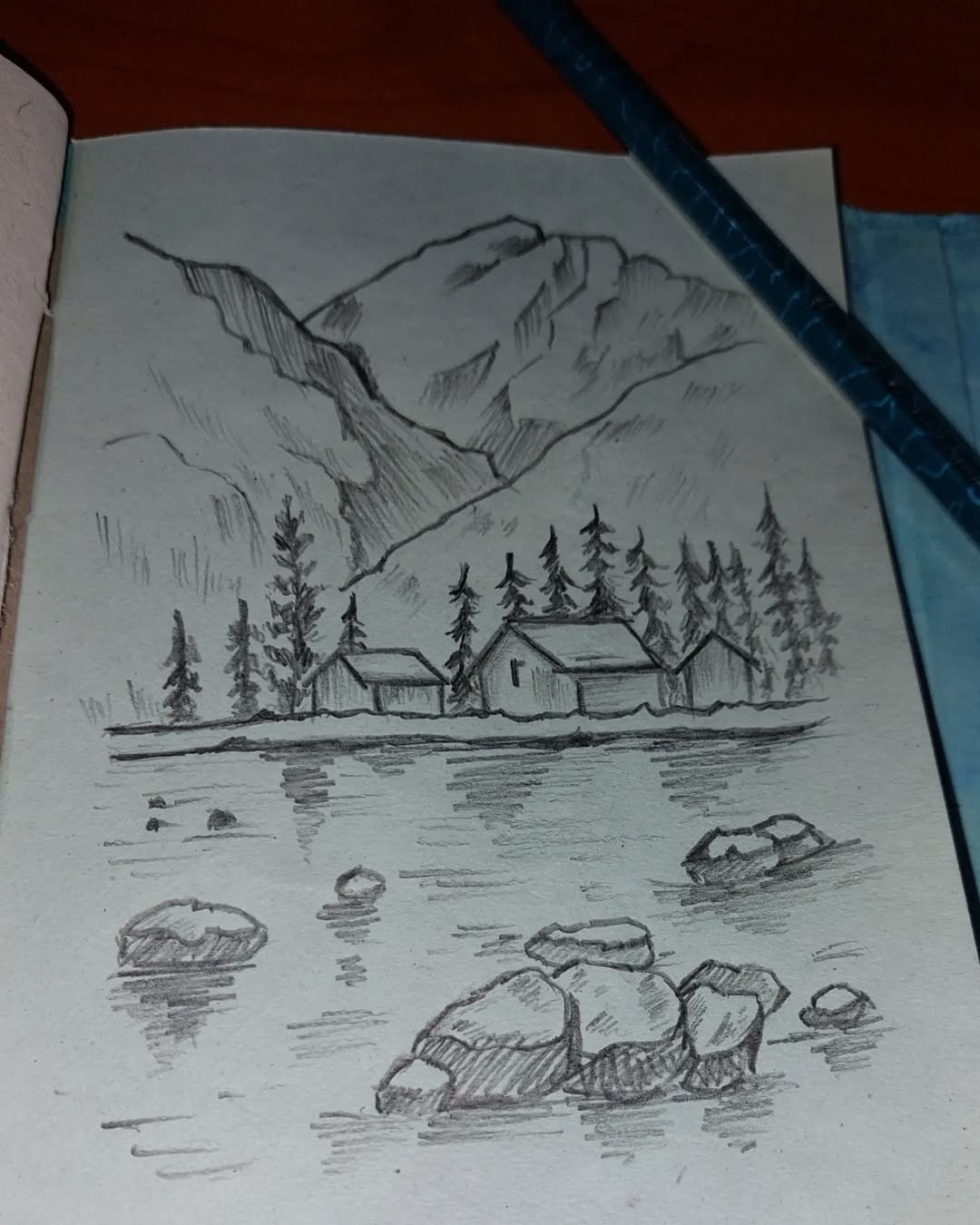
source @colorsoflife_with_soumya
Landscapes allow artists to explore depth, texture, and composition. Whether sketching mountains, forests, or seascapes, understanding light and atmosphere is key. Start with a light outline, then build up shading to create depth. Experiment with hatching and stippling techniques to add texture. A high-quality sketchbook and graphite pencils are must-haves for landscape sketches.
7. Cartoon Sketches: Creating Fun and Expressive Characters
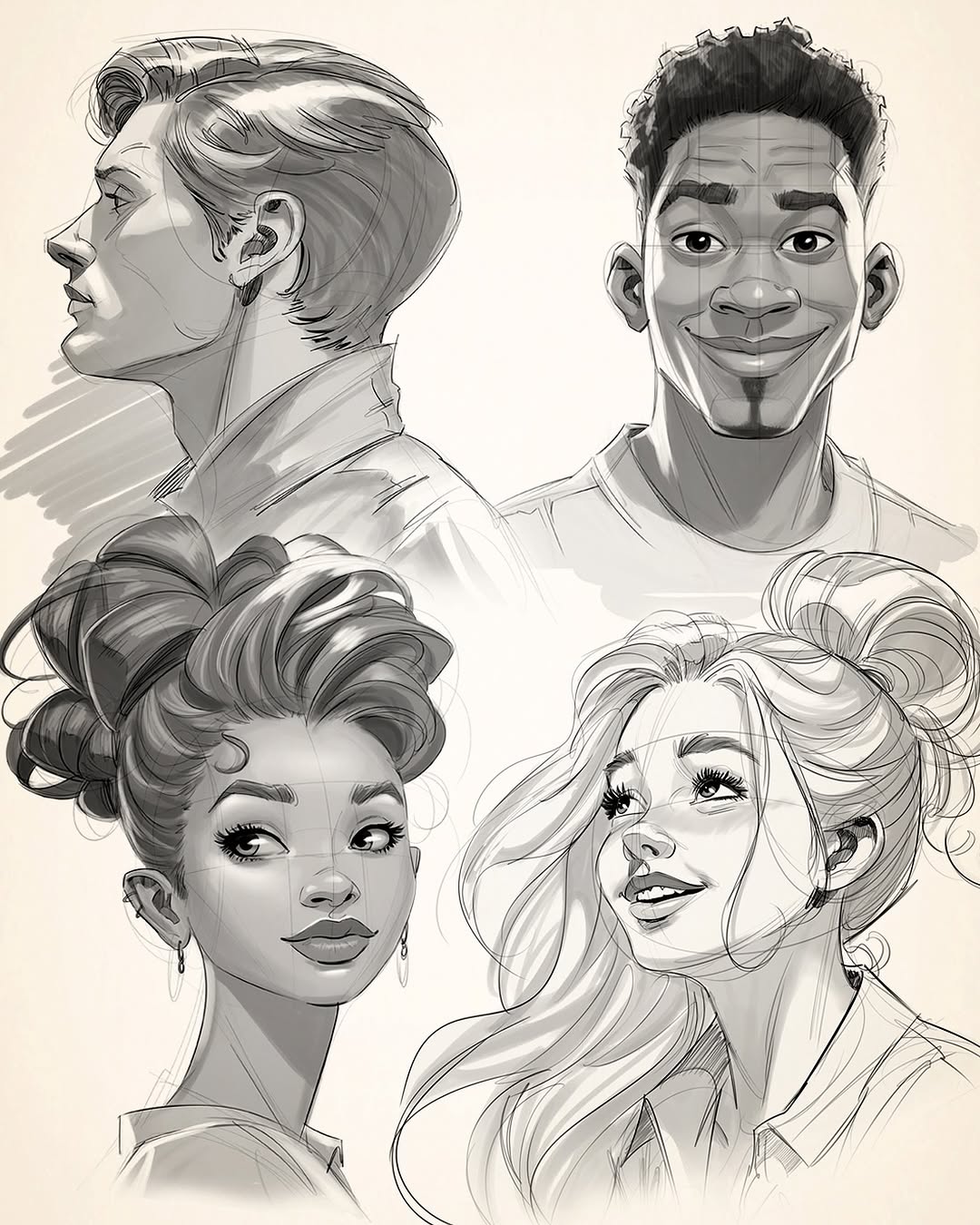
source @carloscabralart
Cartoon sketching is a great way to develop a unique artistic style. Unlike realistic drawings, cartoons exaggerate features for comedic or dramatic effect. The key to a great cartoon sketch is expression—focus on big eyes, exaggerated smiles, and dynamic poses. Using ink pens and alcohol markers can bring vibrancy to your cartoon characters.
8. Fantasy Sketches: Let Your Imagination Run Wild
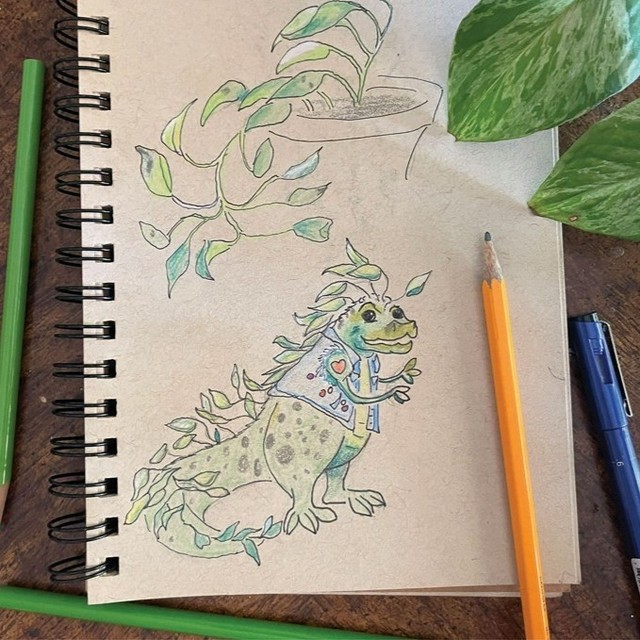
source @dbgphx
Fantasy sketches open the door to endless creativity. Whether drawing dragons, mythical creatures, or enchanted castles, the possibilities are limitless. The best way to start is by combining real-world elements with imaginative details. Use fine-tip pens for intricate line work and colored pencils for adding vibrant hues to your fantasy creations.
9. Floral Sketches: Drawing Nature’s Beauty
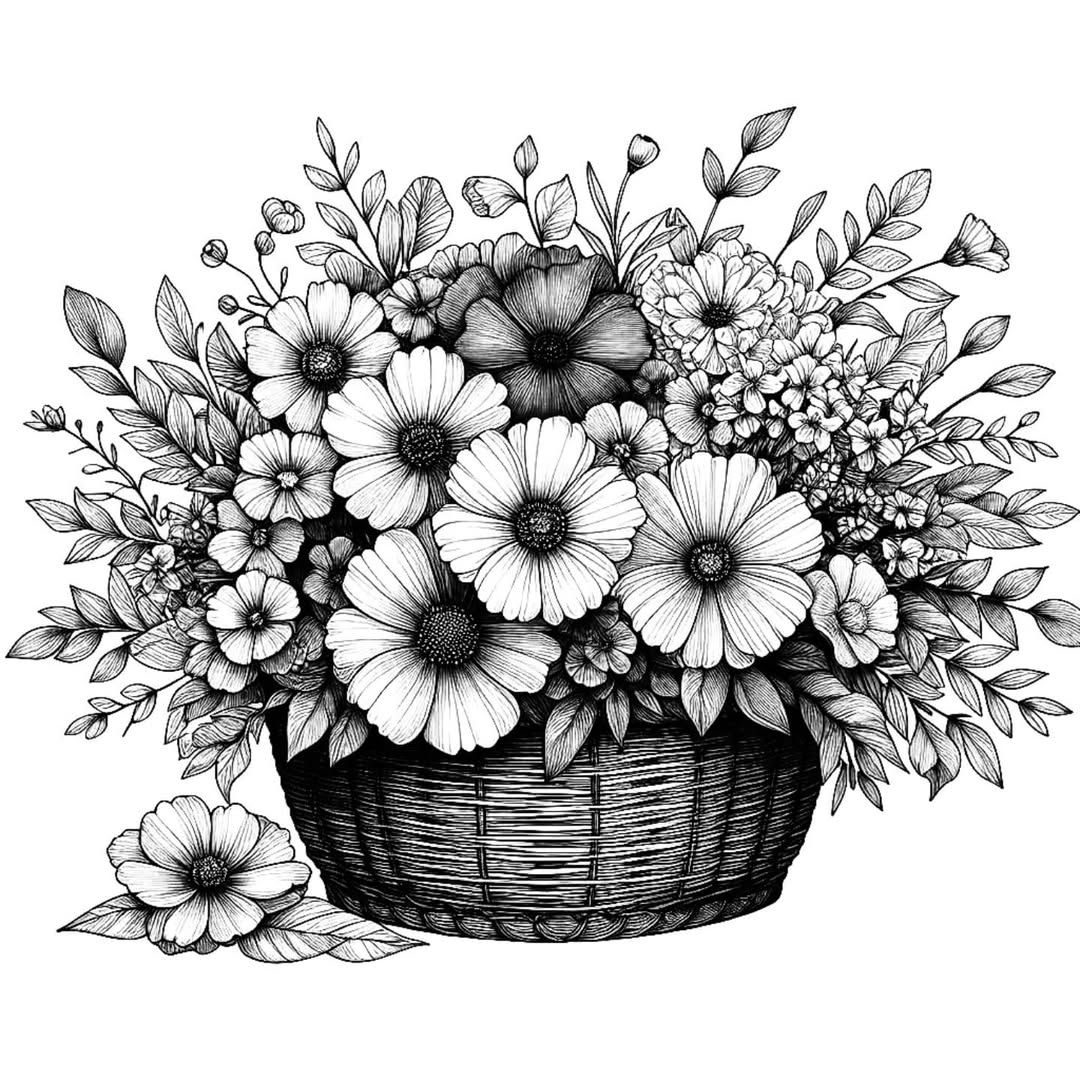
source @drawonlinepage
Flowers, leaves, and botanical elements make for some of the most elegant and intricate sketches. Learning to capture the delicate structures of petals, the curves of stems, and the unique textures of leaves helps refine your observational skills. Start by sketching simple flowers like daisies and tulips before moving on to more complex ones like roses or orchids. Pay attention to the way light falls on petals and leaves, and use soft pencil strokes to create a realistic effect. A precision pencil set and an eraser pen will be invaluable for detailing fine lines and shading.
10. Cross-Hatching Sketches: Adding Texture and Depth
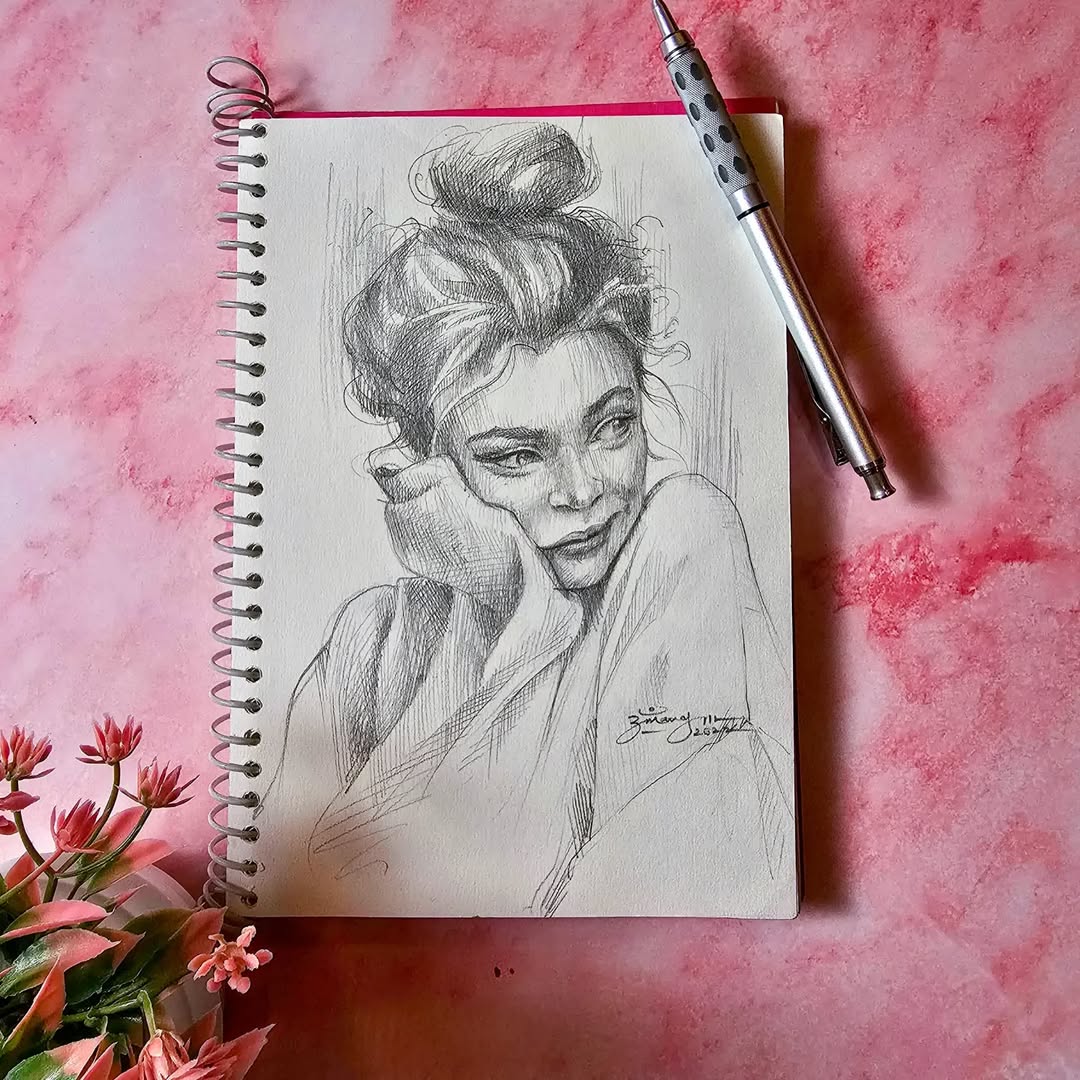
source @umangzart
Cross-hatching is a technique where closely spaced parallel lines intersect to create shading, depth, and texture. This method is widely used in ink drawings, pen sketches, and even pencil art to add dramatic contrast and realism. The key to mastering cross-hatching is controlling line direction, density, and pressure to achieve smooth shading transitions. Start with simple forms like spheres and cubes before applying the technique to more complex subjects like faces or landscapes. Fine-tipped ink pens are the best tools for precise cross-hatching effects.
11. Manga & Anime Sketches: Bringing Japanese Art to Life
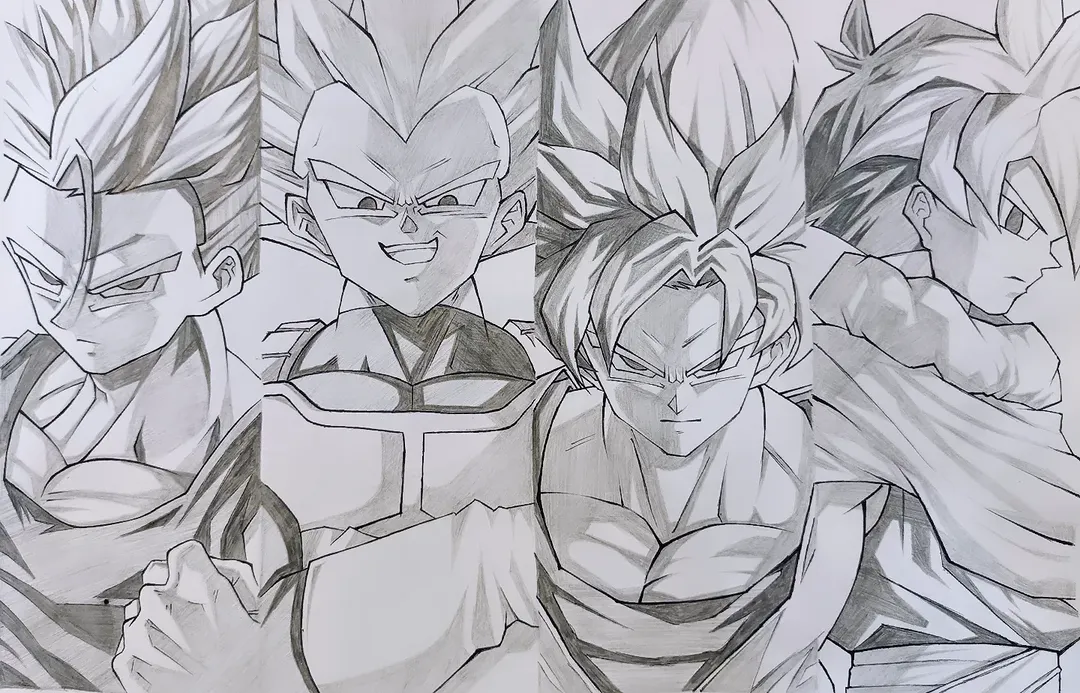
source @sketchable00
Manga and anime art styles have captivated audiences worldwide with their expressive characters and dynamic designs. The foundation of anime sketches lies in exaggerated facial features, large expressive eyes, and dynamic poses. Begin with basic head shapes and facial structures before moving on to different expressions, hairstyles, and outfits. Using specialized manga inking pens and alcohol-based markers can enhance your sketches, adding vibrant colors and crisp line work. Whether you’re drawing chibi characters, action-packed fight scenes, or romantic moments, manga sketching is a fantastic way to develop storytelling skills in art.
12. Charcoal Sketches: Bold and Expressive Artwork
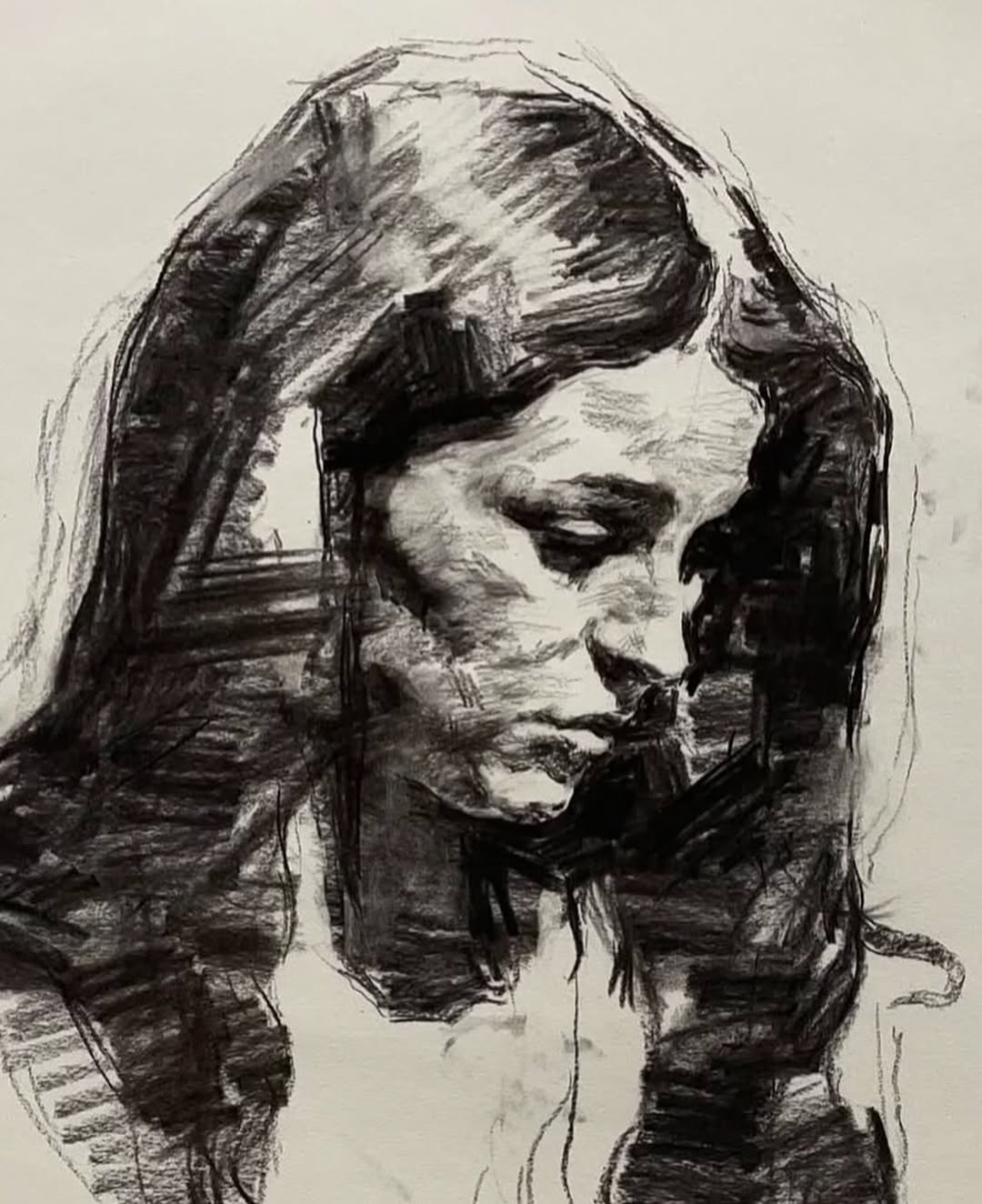
source @lymeacademy
Charcoal sketching is perfect for creating dramatic, high-contrast artwork. Unlike pencil sketches, charcoal provides deep blacks and rich tones that make drawings feel alive. This medium is ideal for portraits, moody landscapes, and still-life sketches, offering a unique texture that pencils can’t replicate. Learning to control smudging and highlights is key to achieving realism. A kneaded eraser, blending stumps, and a charcoal set with soft and hard sticks will help you master this expressive technique.
13. Pencil Shading Sketches: Enhancing Realism with Shadows
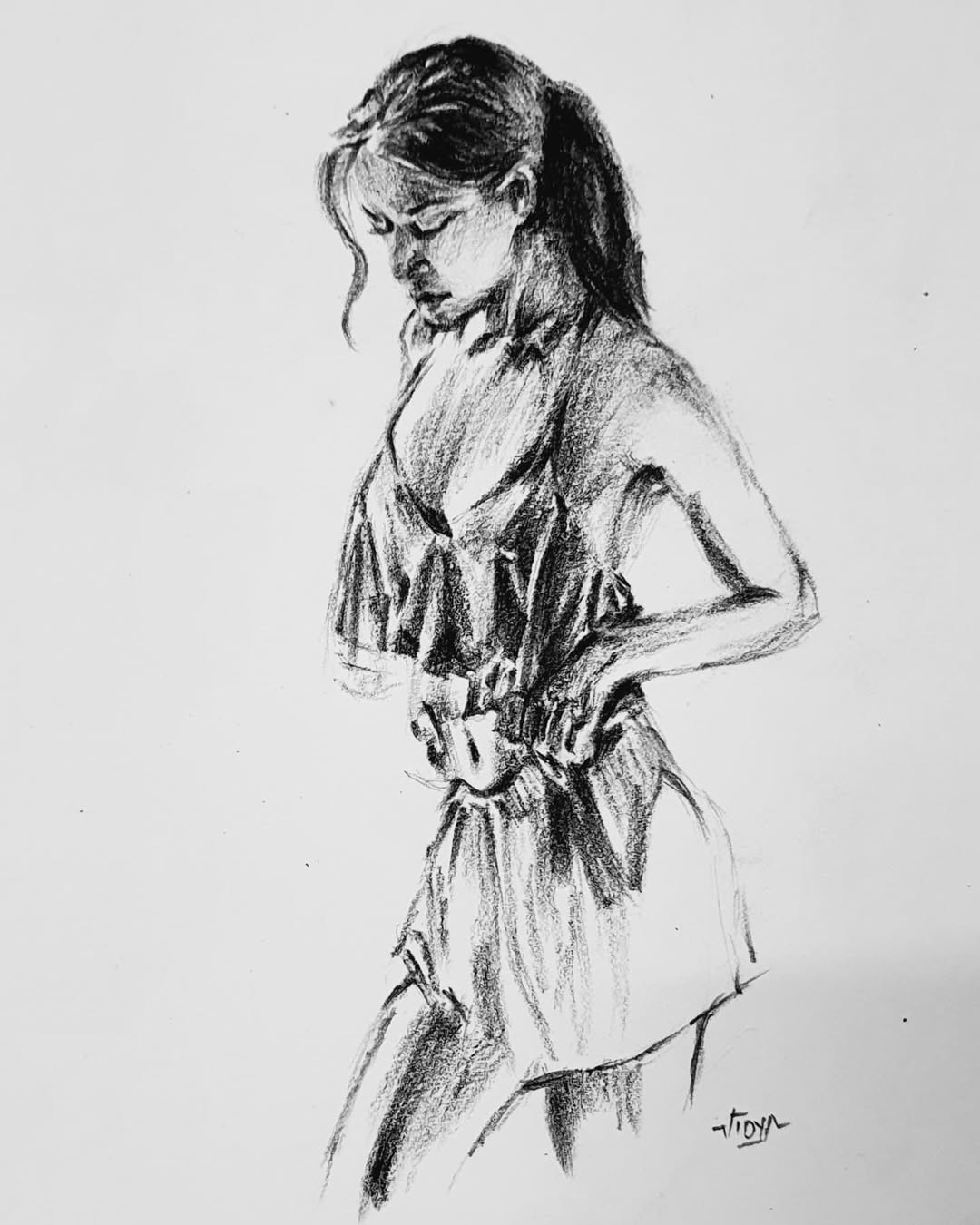
source @vidyas_art
Shading is what brings a two-dimensional sketch to life, giving it depth and form. Mastering pencil shading techniques like blending, stippling, and gradient transitions will elevate your artwork. Start by practicing with spheres, cubes, and cylinders to understand how light creates highlights and shadows. Using a range of graphite pencils, from HB to 8B, allows you to build smooth transitions. Investing in a high-quality shading set with blending tools will make shading easier and more effective.
14. Silhouette Sketches: Creating Striking Outlines
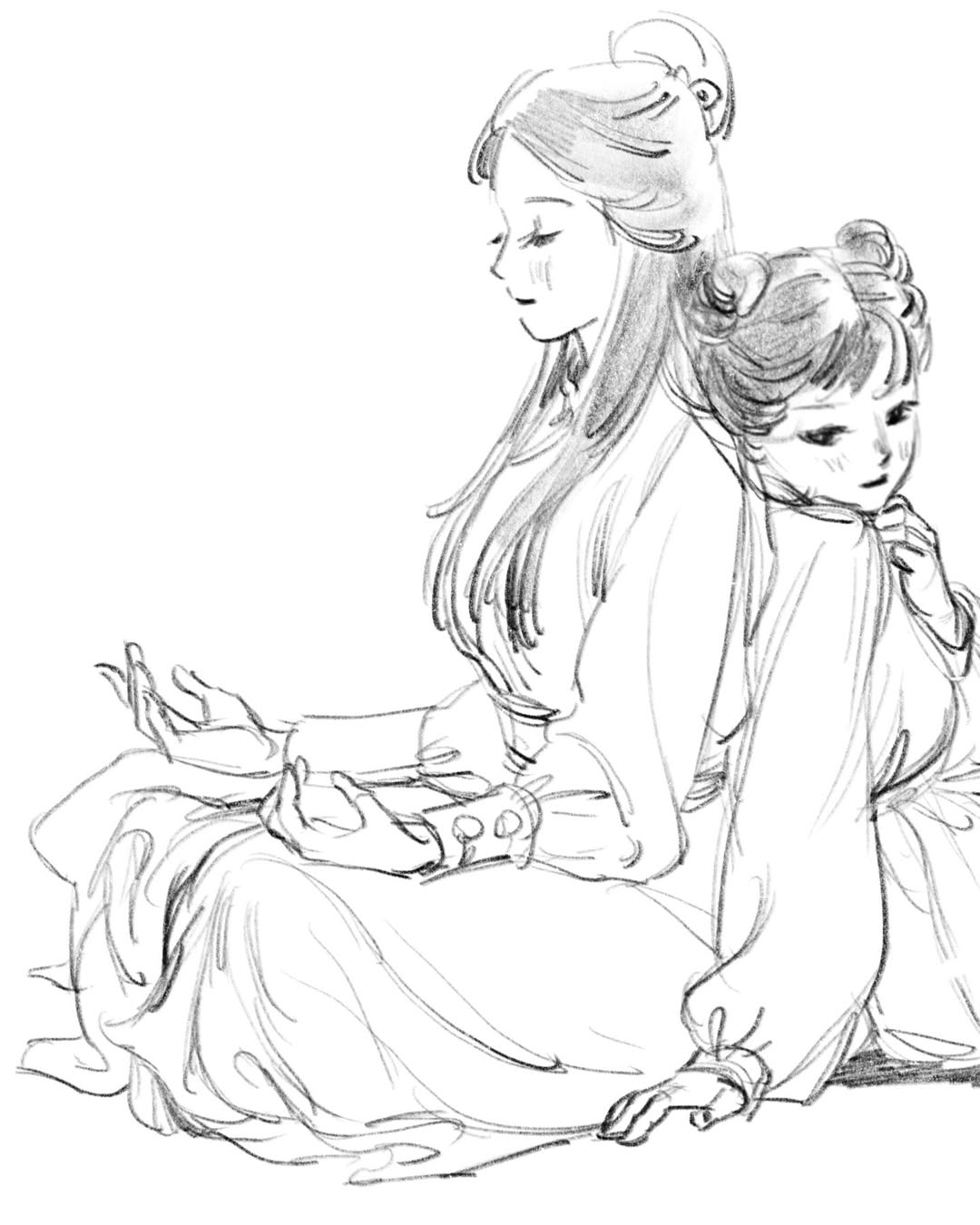
source @saili_art
Silhouettes focus on strong outlines rather than intricate details, making them perfect for storytelling through contrast. Whether sketching human profiles, animal shapes, or scenic landscapes, silhouettes create visually impactful imagery. This style relies on understanding negative space and using solid black areas effectively. Black ink pens or markers work best for achieving crisp, clean silhouettes, while digital sketching apps offer great tools for creating stunning silhouette art.
15. Wildlife Sketches: Drawing Majestic Creatures
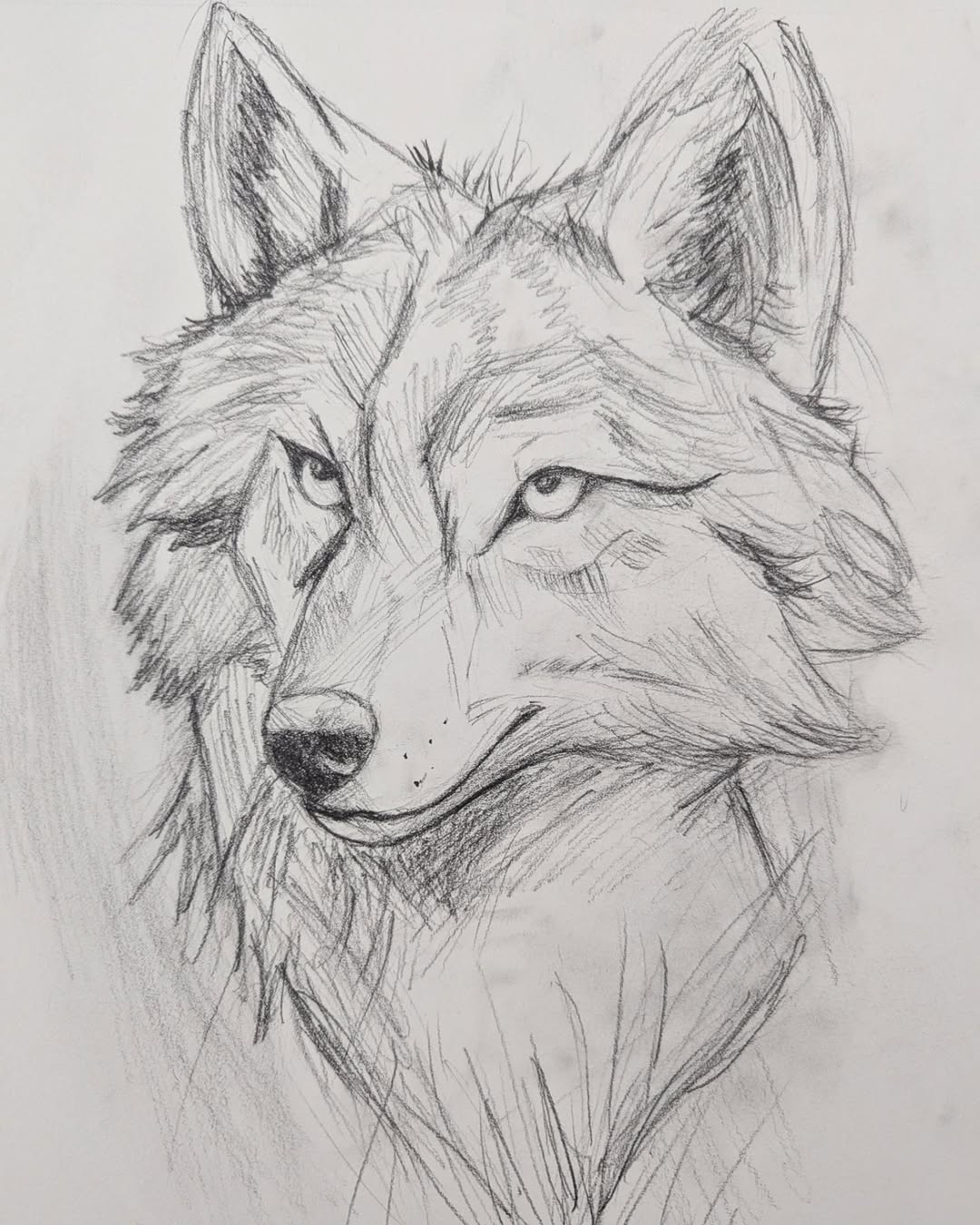
source @sbellsart
Sketching wildlife allows artists to study and replicate the grace and movement of animals. Start with rough gesture sketches to capture basic forms, then refine the details of fur, feathers, or scales. Observing real-life references, such as photos or videos, helps improve anatomical accuracy. Use soft graphite pencils for smooth fur textures and fine-line pens for intricate details like whiskers and patterns. Whether you’re sketching a soaring eagle, a prowling tiger, or a playful dolphin, capturing the essence of wildlife in sketches can be both rewarding and challenging.
16. Urban Sketching: Capturing the Energy of City Life
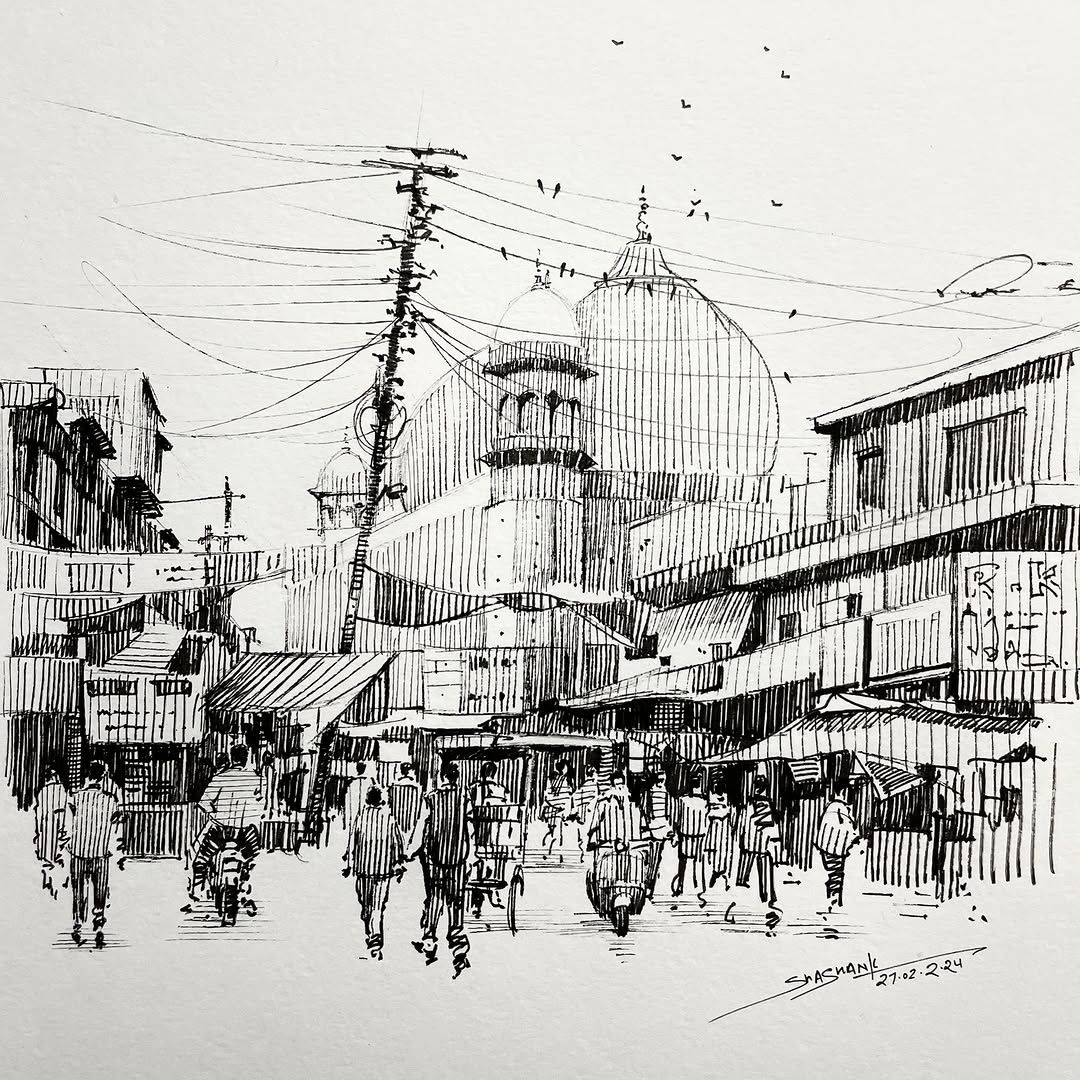
source @shnkyart
Urban sketching involves drawing real-life street scenes, buildings, and cityscapes, often on location. It’s a great way to practice perspective, architecture, and crowd scenes while developing a unique artistic style. Quick, loose sketches help capture the essence of a place without getting bogged down in details. A portable sketchbook, waterproof ink pens, and watercolor brushes are essential tools for urban sketching. Whether you’re sketching a busy marketplace, a charming café, or a towering skyscraper, urban sketching allows you to document the world around you through art.
17. Mythological Sketches: Drawing Legends and Folklore
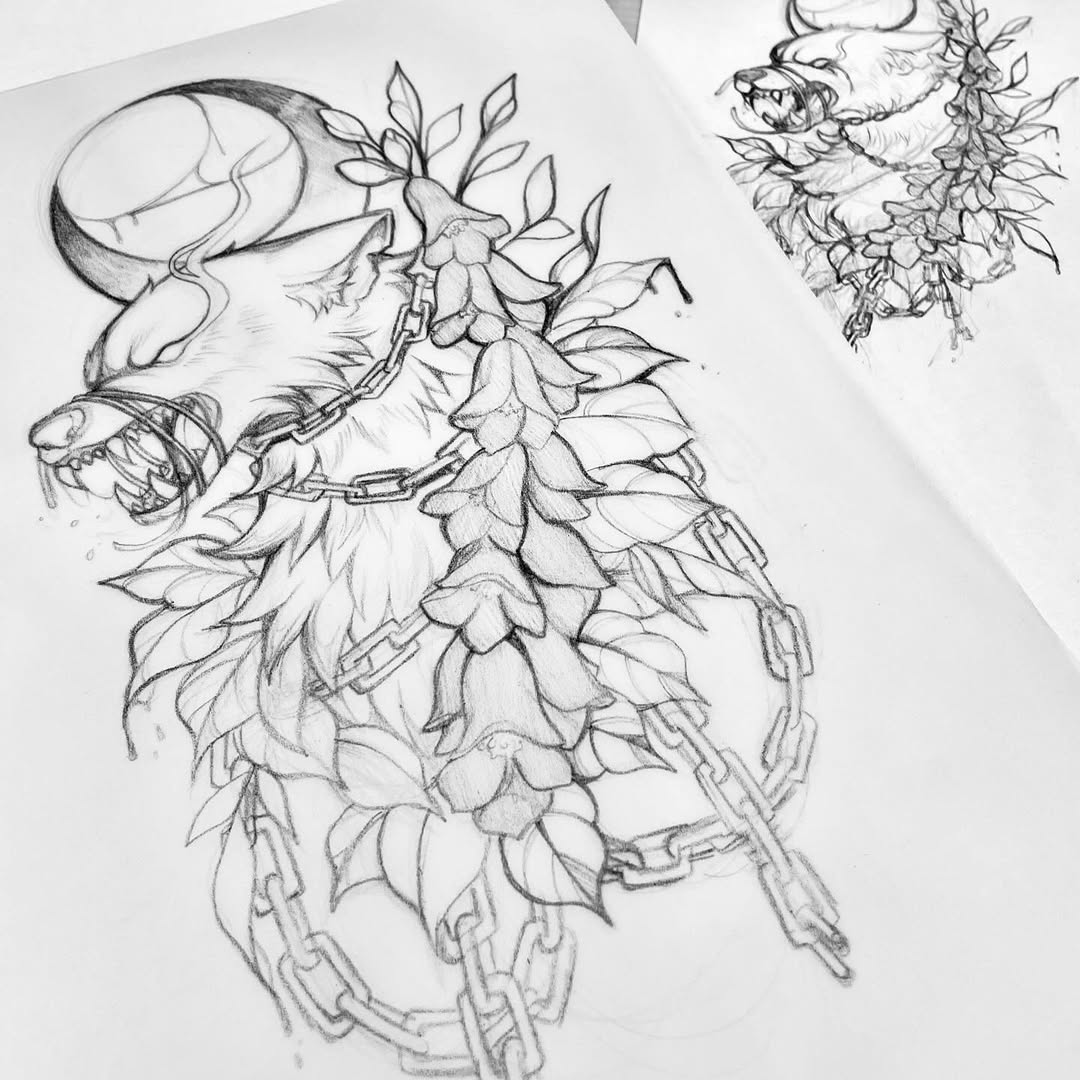
source @karouselart
Mythological sketches give artists the freedom to explore legendary creatures, gods, and magical beings. From Greek gods to Celtic warriors and mystical dragons, mythological drawings let you bring fantasy to life. Researching different cultural myths can inspire new ideas for character designs and intricate compositions. Fine-tipped pens for detailing armor and ornaments, along with colored pencils for glowing effects, will enhance your mythological sketches.
18. Digital Sketching: The Future of Art
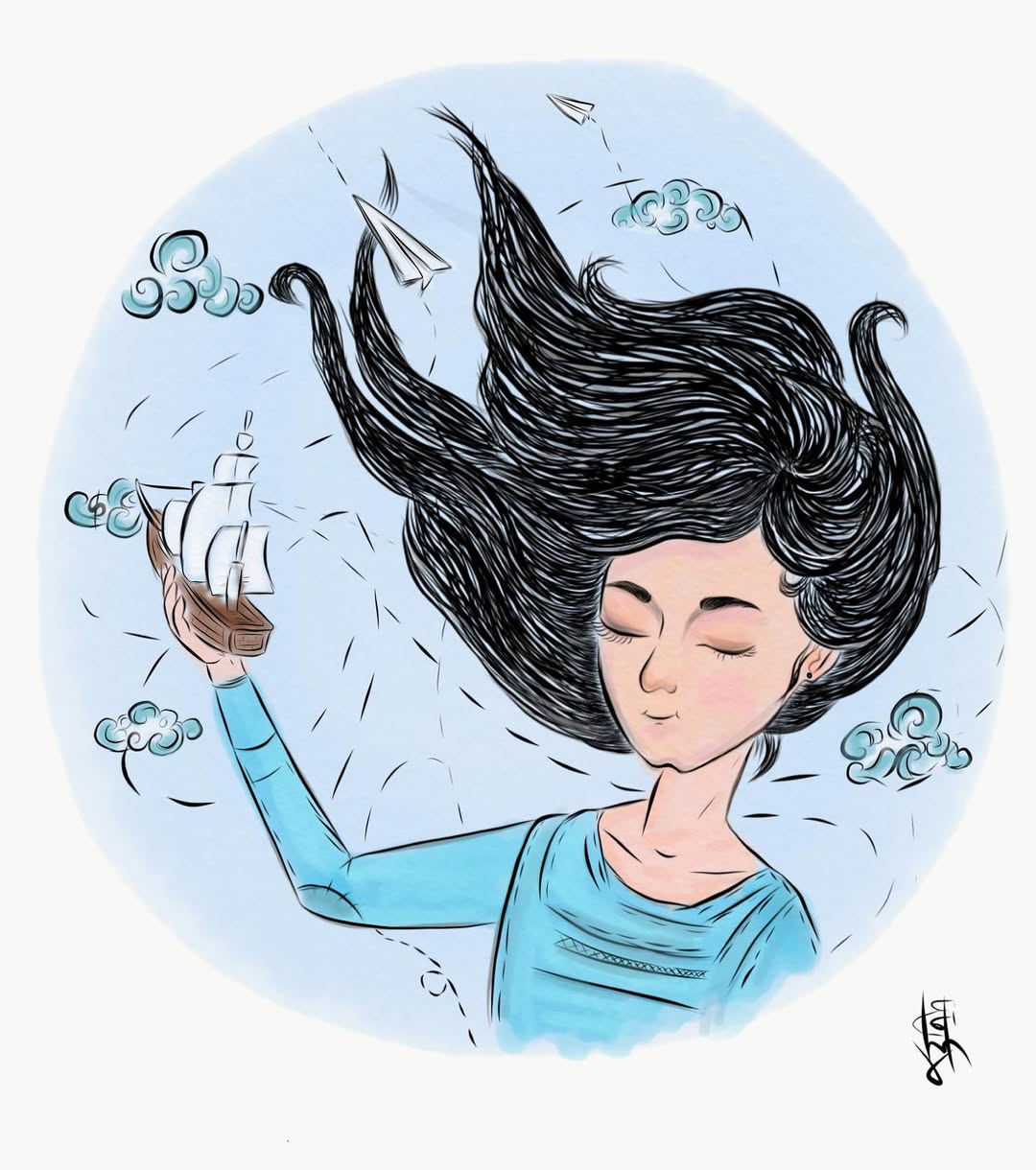
source @kalashastra
Digital sketching has revolutionized the way artists create and experiment with their work. With tools like graphic tablets and styluses, digital art offers endless possibilities, from sketching and painting to animation and 3D modeling. Apps like Procreate, Adobe Photoshop, and Clip Studio Paint provide layers, brushes, and color palettes that make sketching more versatile. The key advantage of digital art is the ability to undo mistakes and experiment with textures without damaging your original work. Investing in a high-quality drawing tablet, such as the Wacom Intuos or iPad Pro with Apple Pencil, can take your digital sketches to the next level.
19. Minimalist Sketches: Beauty in Simplicity
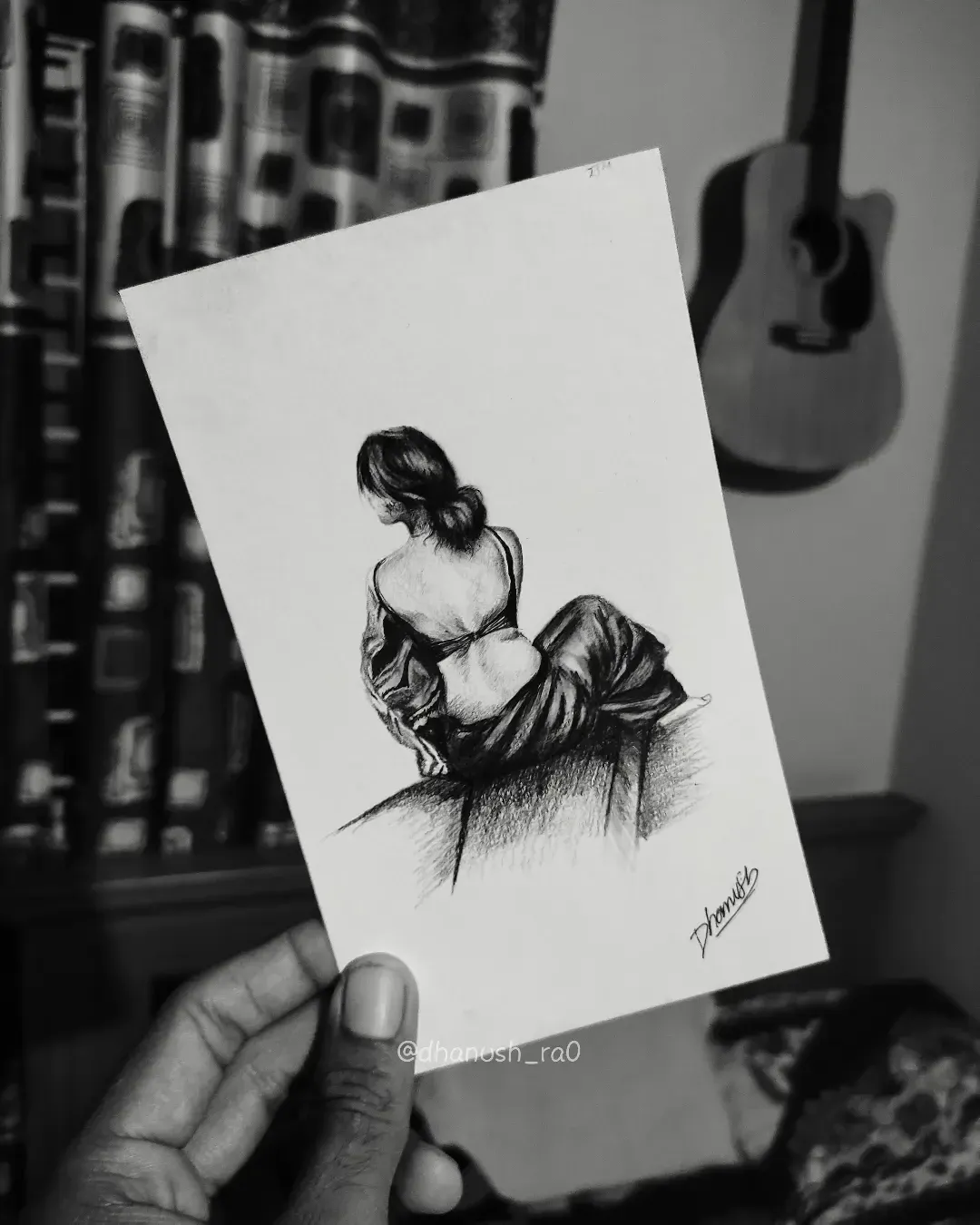
source @dhanush_ra0
Minimalist sketches focus on clean, simple lines and negative space to create elegant, striking images. Whether it’s a single continuous line forming a face or a sparse landscape with delicate details, this style emphasizes “less is more.” Minimalist art requires strong line control and precision, making fine-liner pens and smooth paper essential tools. This technique is also great for tattoo designs, home decor, and branding.
20. Fantasy Weapon Sketches: Designing Unique Arms
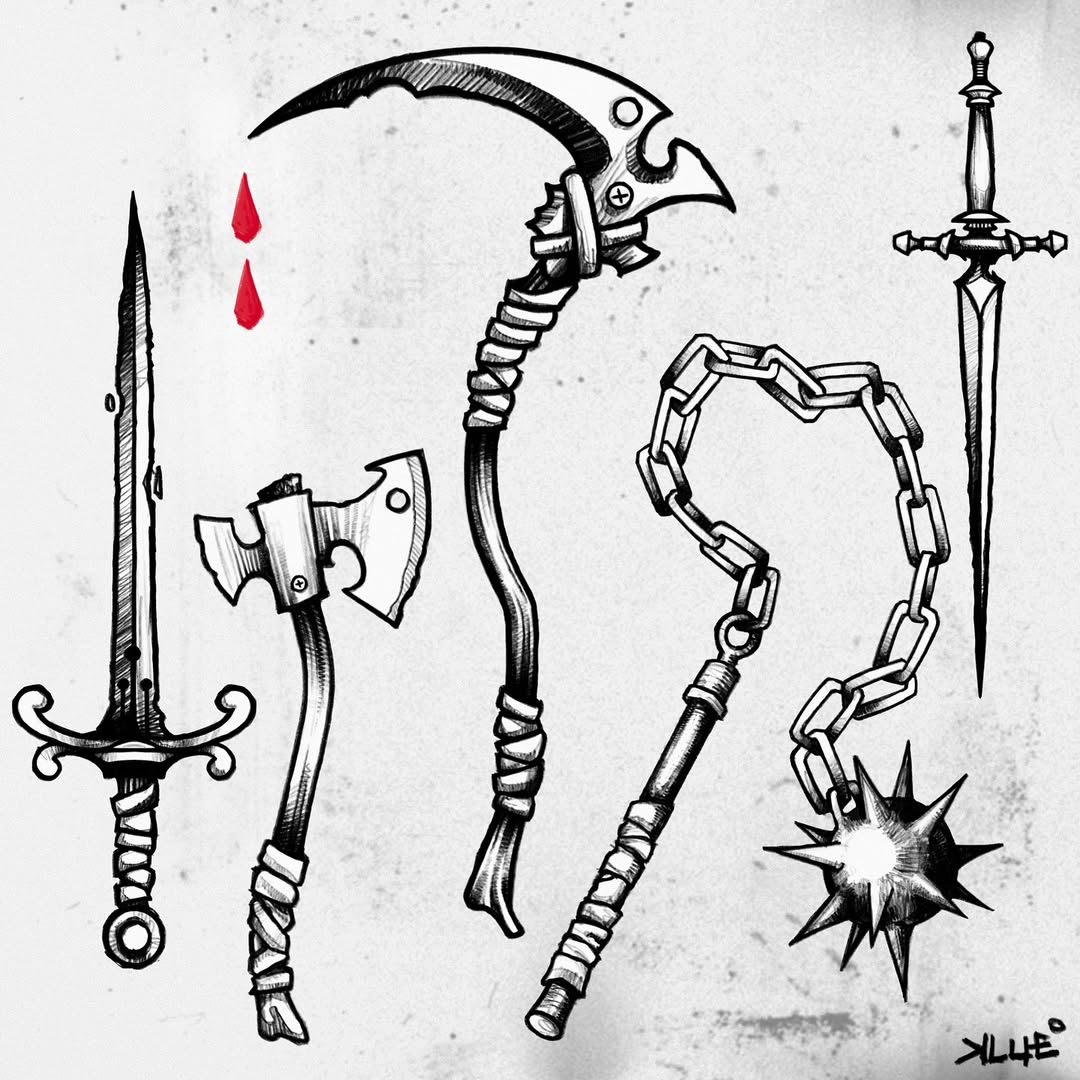
source @klue_art
Drawing fantasy weapons like enchanted swords, mystical bows, and futuristic guns challenges artists to balance creativity with functional design. Start with a rough shape and add intricate details like engravings, glowing elements, and battle-worn textures. Reference real-world weapons to create believable designs. Using metallic gel pens and shading techniques will enhance the realism of your fantasy weapon sketches.
21. Tattoo Design Sketches: Art for the Skin
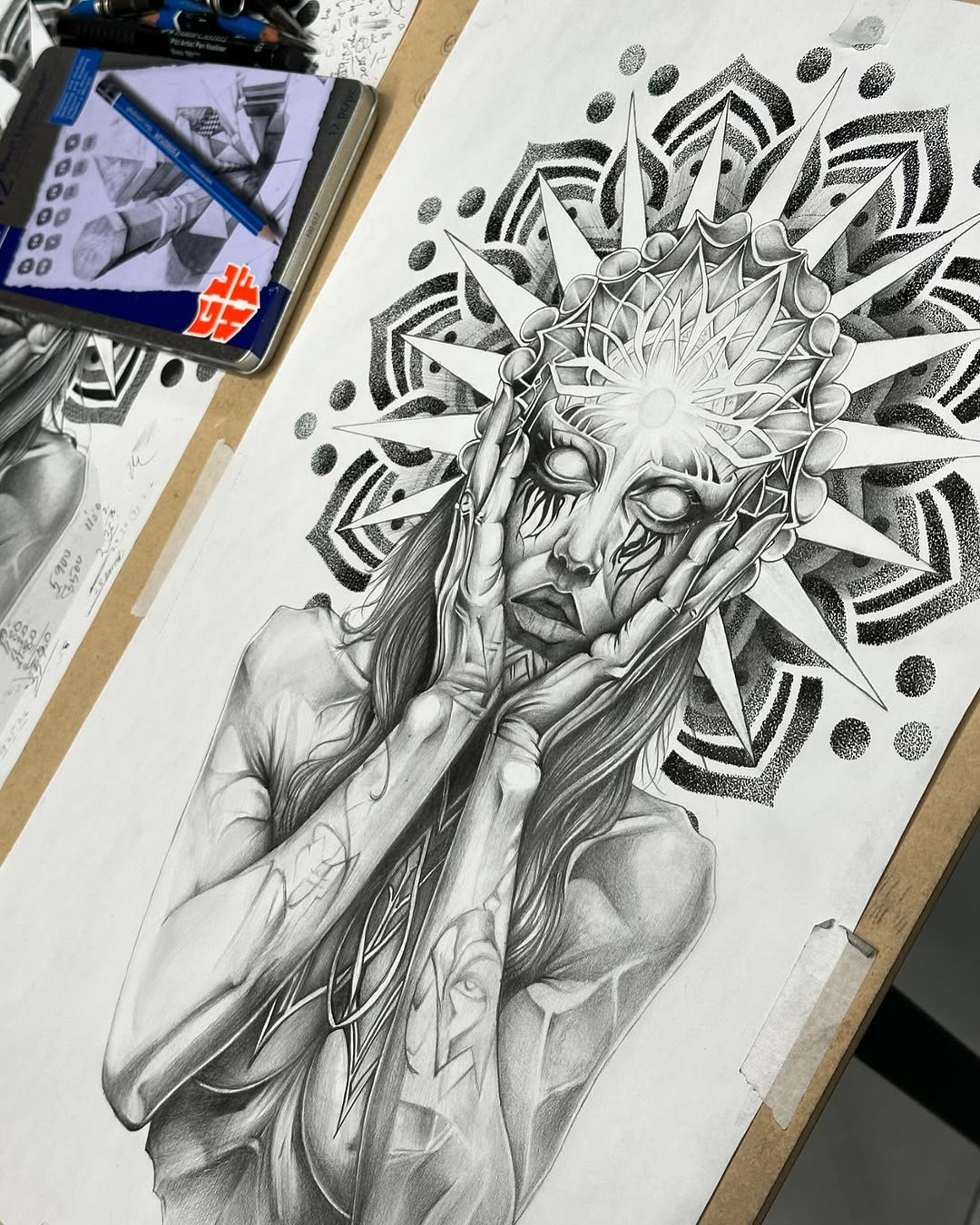
source @simran__arts
Tattoo sketches require precision and a deep understanding of body contours. Whether designing floral patterns, tribal designs, or intricate mandalas, tattoo artists must ensure their sketches work well on skin. Creating a well-balanced design with symmetry and fluidity is key. Fine-tipped pens and colored markers help create clear, vibrant tattoo concepts.
22. Surreal Sketches: Breaking the Boundaries of Reality
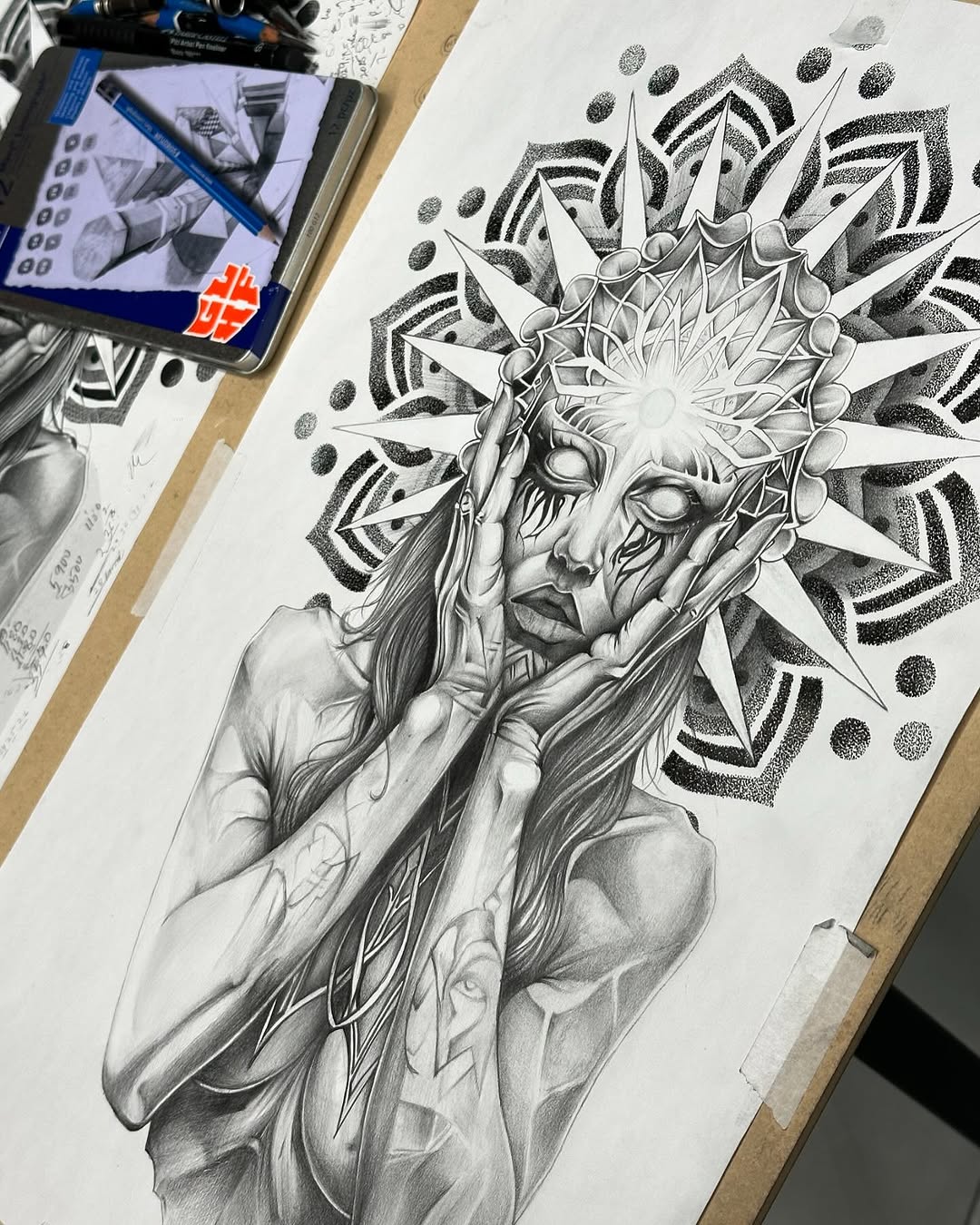
source @ai_mr.anton
Surreal art challenges logic and realism by merging dreamlike and impossible elements. Think of Salvador Dalí’s melting clocks or René Magritte’s mysterious, thought-provoking compositions. Start by brainstorming unusual combinations of objects and perspectives. Focus on contrast, shading, and blending techniques to create ethereal and otherworldly effects. This is one of the most creative and imaginative forms of sketching, allowing complete artistic freedom.
23. Hyper-Realistic Sketches: The Ultimate Challenge
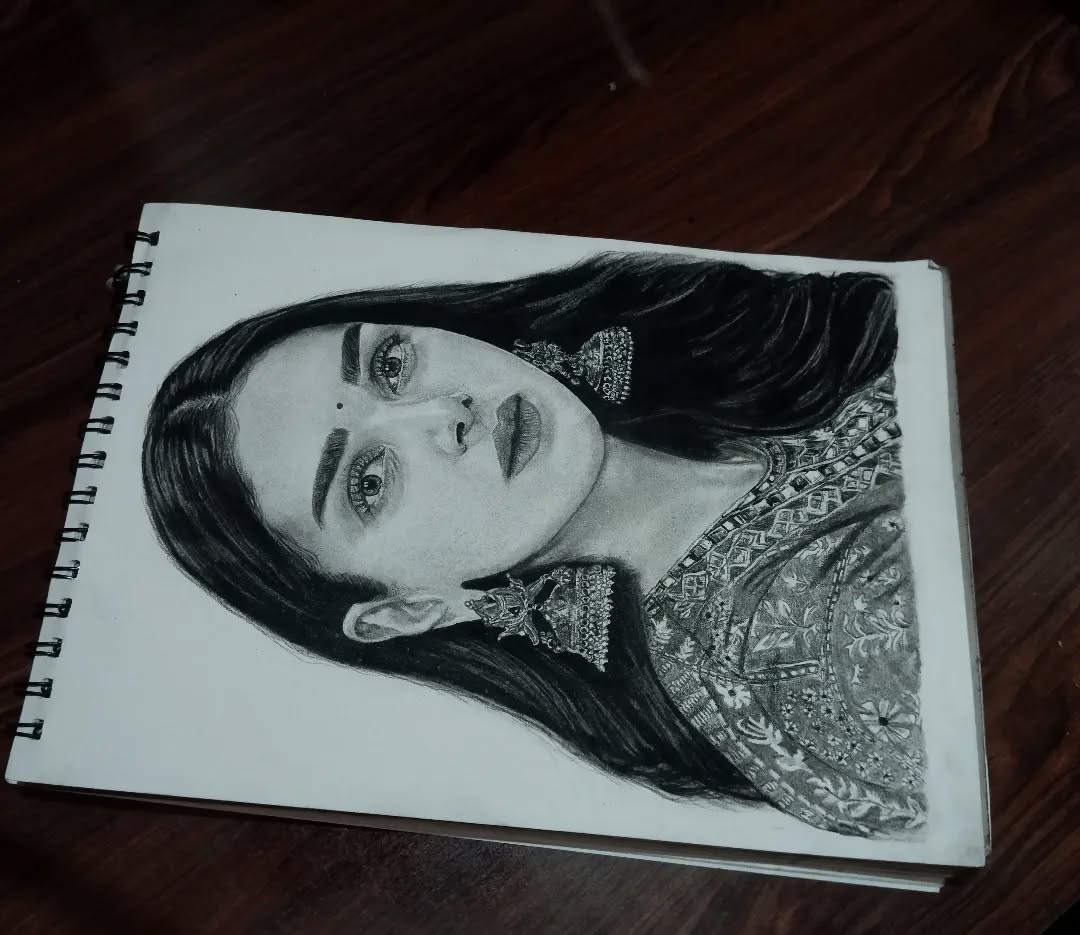
source @aradhya_world_of_sketch
Hyper-realism pushes an artist’s skills to the limit. It involves replicating real-life details with extreme precision, making a drawing look like a photograph. From skin pores to individual hair strands and reflections in the eyes, every element must be meticulously rendered. The best way to practice hyper-realistic drawing is to work with reference images, use ultra-fine mechanical pencils, and layer shading gradually. Investing in high-quality paper and professional graphite or colored pencils is essential for achieving the best results
